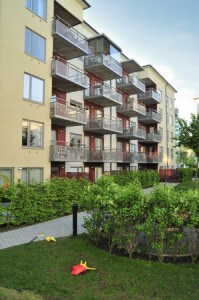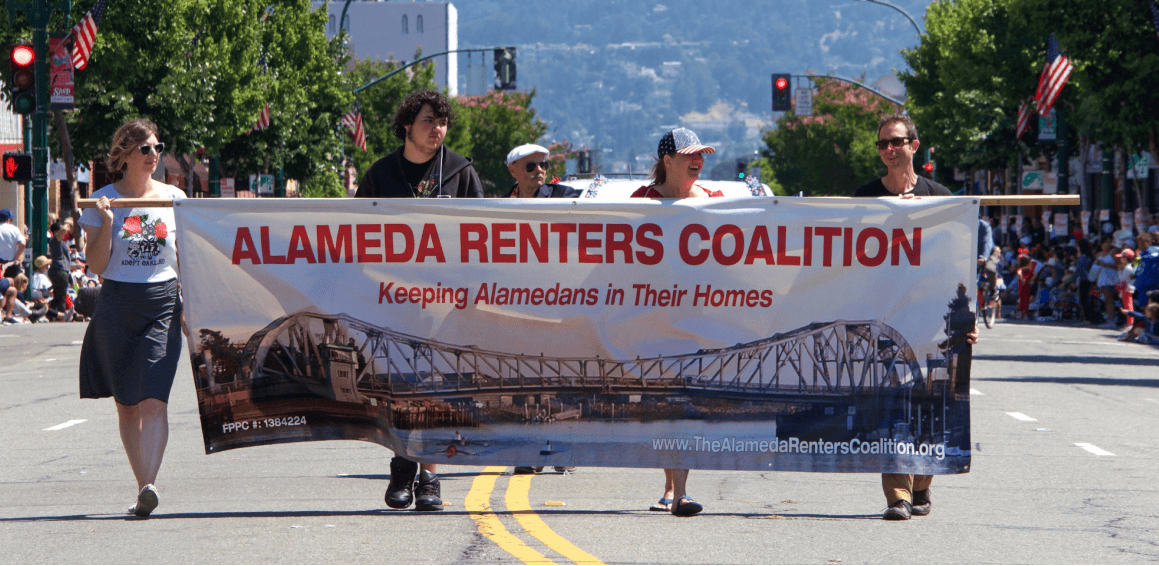Apartment Market Boom Levels Out, Data Indicate

Increasing supply sent the vacancy rate up to 4.3% in the third quarter from 4.2% in the second quarter, which matched the lowest since the recession.
With some 200,000 additional rental units expected to hit the market this year, economists expect higher vacancy rates in coming quarters.
“I don’t think this is the death knell for the apartment market, but it is going to be more challenging over the next four to five years than it was over the last four to five,” said REIS Senior Economist Ryan Severino.
Millions of people who lost homes during the housing market crash moved into rental units. At the same time, the recession and slow economic recovery prompted young people to remain renters longer than previous generations did. Those forces led to sharp increases in rents and declines in vacancies over the last five years.
Even if the market begins to cool, it could take a while for renters to start seeing any relief. Average effective rents rose 4.2% from the same quarter last year to $1,166, the first time since 2007 rents have risen more than 4%.
Rents can continue rising even as vacancies tick up because new rental units coming onto the market usually bring higher rents, boosting the average. For example, the vacancy rate in San Jose, Calif., jumped to 3.3% from 2.7% in the previous quarter, while Seattle’s vacancy rate rose to 5.1% from 4.7%. But rents in San Jose and Seattle increased 8.5%, to $2,023 and $1,299, respectively.
Still, rising supply is beginning to take a toll. In some markets, landlords are being forced to offer concessions.
Patrick Sprouse, director of sales at Washington, D.C.-based Urban Igloo, a rental real-estate brokerage, said landlords there are giving out perks ranging from a couple of months of free rent and free parking to Uber gift certificates. Washington’s vacancy rate was 7% in the third quarter, up from 6.6% in the same quarter a year earlier.
“Eventually [landlords] have to drop rents to be competitive,” said Mr. Sprouse. In one case, he said, he saw a landlord slash rents from more than $2,000 for a one-bedroom to about $1,700 in the up-and-coming Petworth neighborhood in the city’s northwestern corner.
Nationwide, the vacancy rate remains well below the historical average of about 5.5%, according to Reis. In the third quarter of last year the rate stood at 4.3% before dropping to 4.2% in the first and second quarter of 2015.
Mr. Severino expects the vacancy rate to continue climbing over time, given that a flood of new supply is expected and demand appears to be leveling. An additional 170,000 units are expected to come onto the market next year.
“This really looks like we’re at the inflection point where vacancies are going to start to head higher,” Mr. Severino said. He expects rent increases to begin to level off in 2017.
Not everyone agrees the apartment market is headed for a slowdown. Axiometrics Inc., an apartment-research firm based in Dallas that uses a different methodology from Reis, found that the vacancy rate fell. Axiometrics also said effective rent growth of 5.2% in the third quarter from the same quarter a year earlier was the best performance since the third quarter of 2006.
“All these millennials are [now] getting jobs, being able to move out and get an apartment,” said vice president of research at Axiometrics.
Source: realtor.com















 Accessibility
Accessibility